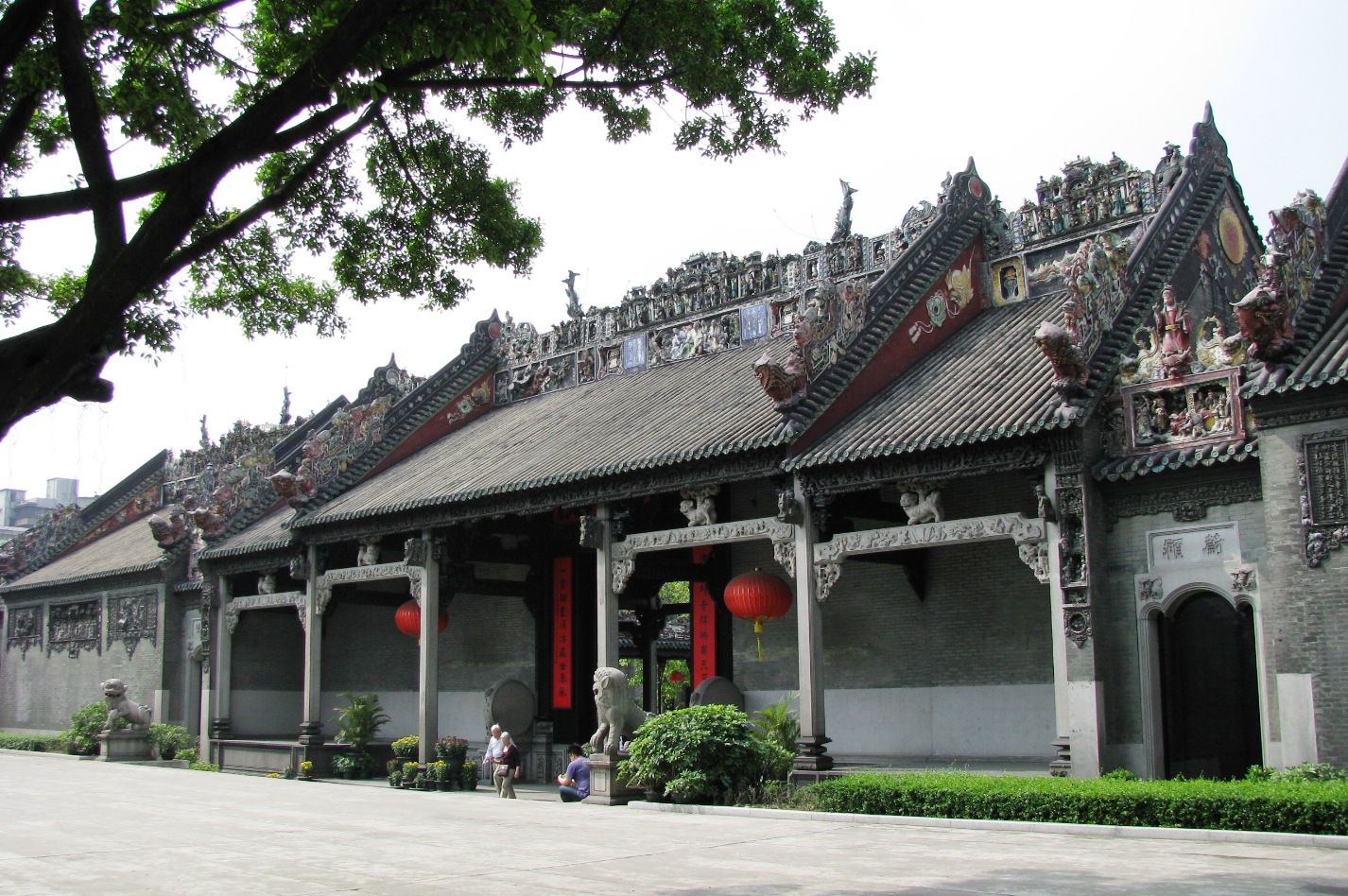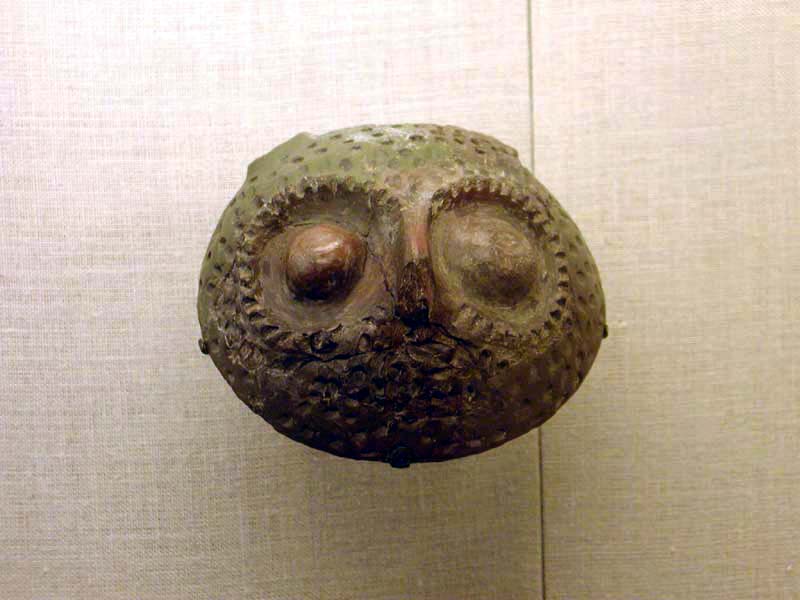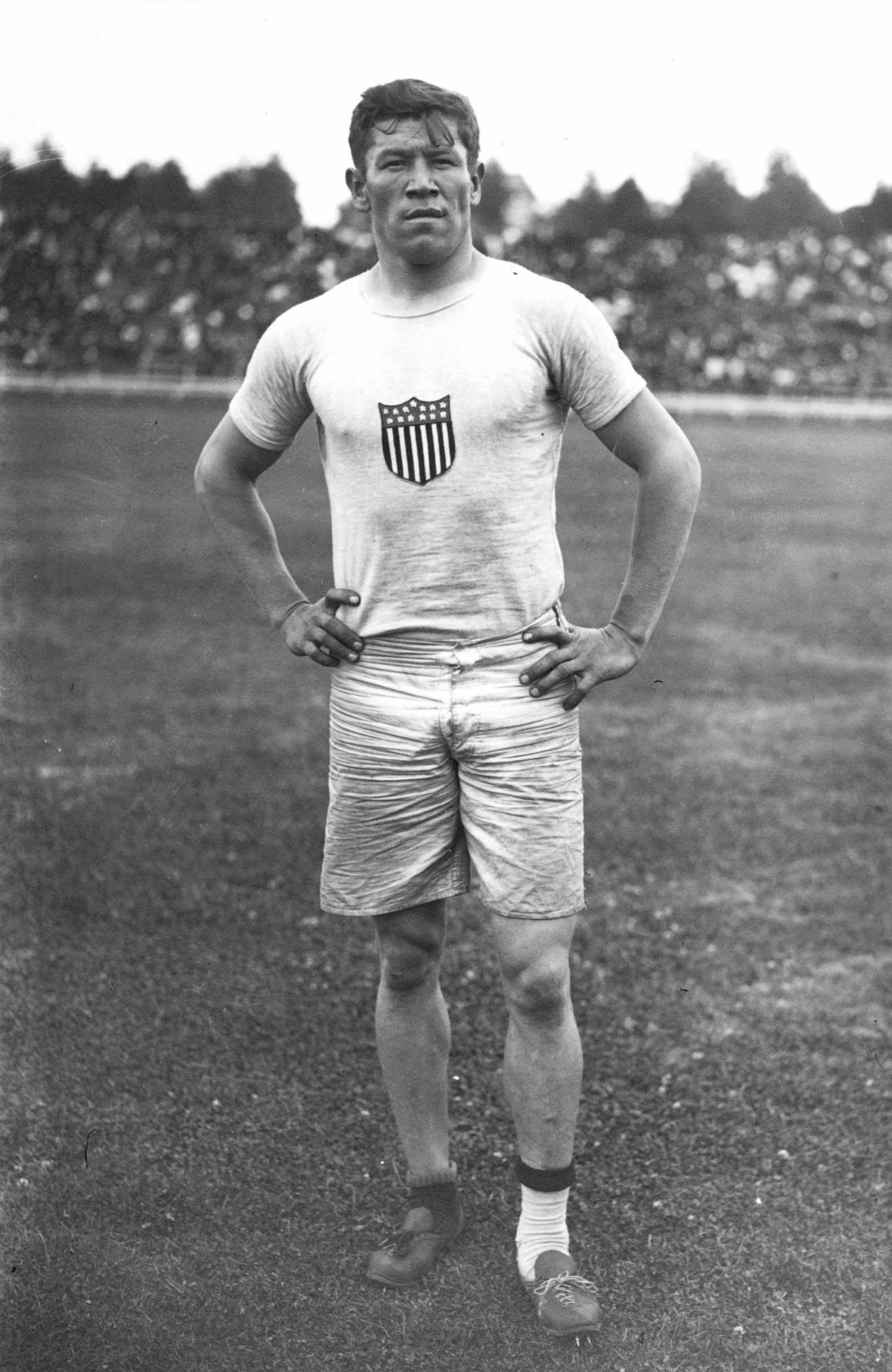|
Chen Youben
Chen Youben (陳有本; 1780–1858) was a 14th generation descendant and 6th generation master of the famed Chen Family and considered to be an influential martial artist and teacher of Chen-style taijiquan The Chen family-style (陳家、陳氏、陳式 太極拳) or Chen-style Taijiquan is a Northern Chinese martial art and the original form of Taiji. Chen-style is characterized by silk reeling (纏絲勁; chán sī jìn), alternating fast an ... ( t'ai chi ch’uan). Chen Youben was the main teacher of Chen Qingping (1795-1868) and taught Chen Youlun, Chen Fengzhang, Chen Sande, Chen Tingdong, and his late, older brother’s sons, Chen Zhongshen (1809-1891) and Chen Jishen (b. 1809). He also helped prepare Chen Gengyun to have sufficient martial skills to travel with Chen Changxing’s, his father's, caravan escort service. Chen Youben is credited by some with the creation of what Chen Ziming (1932) called the “xinjia” (new frame) as opposed to the “laojia" ... [...More Info...] [...Related Items...] OR: [Wikipedia] [Google] [Baidu] |
Chen (surname)
Chen () () is a common Chinese-language surname and one of the most common surnames in Asia. It is the most common surname in Taiwan (2010) and Singapore (2000). Chen is also the most common family name in Guangdong, Zhejiang, Fujian, Macau, and Hong Kong. It is the most common surname in Xiamen, the ancestral hometown of many overseas Hoklo. Chen was listed 10th in the '' Hundred Family Surnames'' poem, in the verse 馮陳褚衛 (Feng Chen Chu Wei). In Cantonese, it is usually romanized as Chan (as in Jackie Chan), most widely used by those from Hong Kong. Chan is also widely used in Macao and Malaysia. It is also sometimes spelled Chun. In many Southern Min dialects (including dialects of Hainan, Fujian, and Taiwan), the name is pronounced Tan, while in Teochew, it is pronounced Tang. In Hakka and Taishanese, the name is spelled Chin. In Wu it is pronounced Zen or Tchen. In Vietnam, this surname is written as Trần (in Quốc Ngữ) and is 2nd most com ... [...More Info...] [...Related Items...] OR: [Wikipedia] [Google] [Baidu] |
Chen-style T'ai Chi Ch'uan
The Chen family-style (陳家、陳氏、陳式 太極拳) or Chen-style Taijiquan is a Northern Chinese martial art and the original form of Taiji. Chen-style is characterized by silk reeling (纏絲勁; chán sī jìn), alternating fast and slow motions, and bursts of power (發勁; fa jin). Traditionally, Taijiquan is practiced as a martial art but has expanded into other domains of practice such as health or performances. Some argue that Chen Style Taijiquan has preserved and emphasized the martial efficacy to a greater extent. History Origin theories As for the origin and nature of modern Chen-style taijiquan, documents from the 17th century indicate the Chen clan settled in Chenjiagou (Chen Village, 陳家溝), Henan province, in the 13th century and reveal the defining contribution of Chen Wangting (陈王庭; 1580–1660). It is therefore not clear how the Chen family actually came to practise their unique martial style and contradictory "histories" abound. ... [...More Info...] [...Related Items...] OR: [Wikipedia] [Google] [Baidu] |
Henan
Henan (; or ; ; alternatively Honan) is a landlocked province of China, in the central part of the country. Henan is often referred to as Zhongyuan or Zhongzhou (), which literally means "central plain" or "midland", although the name is also applied to the entirety of China proper. Henan is a birthplace of Han Chinese civilization, with over 3,200 years of recorded history and remained China's cultural, economic and political center until approximately 1,000 years ago. Henan Province is home to many heritage sites, including the ruins of Shang dynasty capital city Yin and the Shaolin Temple. Four of the Eight Great Ancient Capitals of China, Luoyang, Anyang, Kaifeng and Zhengzhou, are in Henan. The practice of tai chi also began here in Chen Jia Gou Village (Chen style), as did the later Yang and Wu styles. Although the name of the province () means "south of the ellowriver.", approximately a quarter of the province lies north of the Yellow River, also known as th ... [...More Info...] [...Related Items...] OR: [Wikipedia] [Google] [Baidu] |
China
China, officially the People's Republic of China (PRC), is a country in East Asia. It is the world's List of countries and dependencies by population, most populous country, with a Population of China, population exceeding 1.4 billion, slightly ahead of India. China spans the equivalent of five time zones and Borders of China, borders fourteen countries by land, the List of countries and territories by land borders, most of any country in the world, tied with Russia. Covering an area of approximately , it is the world's third List of countries and dependencies by area, largest country by total land area. The country consists of 22 provinces of China, provinces, five autonomous regions of China, autonomous regions, four direct-administered municipalities of China, municipalities, and two special administrative regions of China, Special Administrative Regions (Hong Kong and Macau). The national capital is Beijing, and the List of cities in China by population, most populous cit ... [...More Info...] [...Related Items...] OR: [Wikipedia] [Google] [Baidu] |
Chinese People
The Chinese people or simply Chinese, are people or ethnic groups identified with China, usually through ethnicity, nationality, citizenship, or other affiliation. Chinese people are known as Zhongguoren () or as Huaren () by speakers of standard Chinese, including those living in Greater China as well as overseas Chinese. Although both terms both refer to Chinese people, their usage depends on the person and context. The former term is commonly used to refer to the citizens of the People's Republic of China - especially mainland China. The term Huaren is used to refer to ethnic Chinese, and is more often used for those who reside overseas or are non-citizens of China. The Han Chinese are the largest ethnic group in China, comprising approximately 92% of its Mainland population.CIA Factbook "Han Chinese 91.6%" out of a ... [...More Info...] [...Related Items...] OR: [Wikipedia] [Google] [Baidu] |
Chen-style Taijiquan
The Chen family-style (陳家、陳氏、陳式 太極拳) or Chen-style Taijiquan is a Northern Chinese martial art and the original form of Taiji. Chen-style is characterized by silk reeling (纏絲勁; chán sī jìn), alternating fast and slow motions, and bursts of power (發勁; fa jin). Traditionally, Taijiquan is practiced as a martial art but has expanded into other domains of practice such as health or performances. Some argue that Chen Style Taijiquan has preserved and emphasized the martial efficacy to a greater extent. History Origin theories As for the origin and nature of modern Chen-style taijiquan, documents from the 17th century indicate the Chen clan settled in Chenjiagou (Chen Village, 陳家溝), Henan province, in the 13th century and reveal the defining contribution of Chen Wangting (陈王庭; 1580–1660). It is therefore not clear how the Chen family actually came to practise their unique martial style and contradictory "histories" abound. ... [...More Info...] [...Related Items...] OR: [Wikipedia] [Google] [Baidu] |
Chen Changxing
Chen Changxing or Ch'en Chang-hsing (1771–1853) was a 14th generation descendant and 6th generation master of the Chen Family and was an influential martial artist and teacher of taijiquan (t'ai chi ch'uan). Chen Changxing is a slightly mysterious character and much controversy surrounds him. He is most known as the teacher of the great taijiquan master Yang Luchan, but there is much disagreement over which style of martial art Chen Changxing actually taught to the family outsider. Some schools of thought suggest that Chen Changxing was a maverick who practiced and taught a style of martial art that was not part of the Chen Family martial arts tradition, and that was passed to him either directly or indirectly from a taijiquan master known as Jiang Fa Jiang may refer to: * ''Jiang'' (rank), rank held by general officers in the military of China * Jiang (surname), several Chinese surnames **Jiang Zemin (1926–2022), as general secretary of the Chinese Communist Party *Jian ... [...More Info...] [...Related Items...] OR: [Wikipedia] [Google] [Baidu] |
Chen Wangting
Chen Wangting (1580–1660), courtesy name Zouting (奏廷), was a Ming dynasty officer who founded Chen-style t'ai chi ch'uan, one of the five major styles of the popular Chinese martial art. Sometimes called Chen Wang Ting, he devised the Chen family-style of t'ai chi ch'uan in his home of Chenjiagou, Wenxian county, Henan province after he retired there following the fall of the Ming dynasty. Military career During the Ming Dynasty, Chen served as Commander of the Wen County garrison, and was distinguished for his protection of merchant caravans in Henan and Shandong. After the Ming Dynasty ended and the reign of the Qing Dynasty began, Chen's military career was effectively over, and he retired to the family settlement. Influence on t'ai chi ch'uan Whether or not Chen invented the earliest form of t'ai chi ch'uan is in dispute. Traditional folklore and many lineages name the semi-mythical figure of Zhang Sanfeng, a Taoist monk, as the progenitor of the art. Two widel ... [...More Info...] [...Related Items...] OR: [Wikipedia] [Google] [Baidu] |
Chen Qingping
Chen Qingping or Ch'en Ch'ing-p'ing (1795–1868) was a 15th generation descendant and 7th generation master of the Chen Family. He is also claimed to be the 7th generation successor of the Zhaobao style of Taijiquan. Alternatively, many Zhaobao lineages (e.g. He Baoguo of the He family, Zhang Suisheng of Hulei) treat him as the progenitor of Taijiquan in Zhaobao. He was an influential martial artist and teacher of taijiquan (t'ai chi ch'uan). He was married to a woman from the Zhaobao village, only a few miles north east of the Chen Village (Chenjiagou) — the home of the Chen Family famous for their martial arts. He has also been said to have learned the small-frame (Xiaojia) Chen style developed by Chen Youben, and the striking similarity of Chen Style Xiaojia and Zhaobao Taijiquan supports this assertion like nothing else. After touristic success of Chenjiagou in the early 21st century, many Zhaobao officials and some local teachers saw the commercial opportunity in d ... [...More Info...] [...Related Items...] OR: [Wikipedia] [Google] [Baidu] |
Tai Chi
Tai chi (), short for Tai chi ch'üan ( zh, s=太极拳, t=太極拳, first=t, p=Tàijíquán, labels=no), sometimes called " shadowboxing", is an internal Chinese martial art practiced for defense training, health benefits and meditation. Tai chi has practitioners worldwide from Asia to the Americas. Early practitioners such as Yang Chengfu and Sun Lutang promoted the art for its health benefits beginning in the early 20th century. Its global following may be attributed to overall benefit to personal health. Many forms are practiced, both traditional and modern. Most modern styles trace their development to the five traditional schools: Chen, Yang, Wu (Hao), Wu, and Sun. All trace their historical origins to Chen Village. Concepts ''Yin'' and ''Yang'' The concept of the '' taiji'' ("Supreme Ultimate"), in contrast with '' wuji'' ("without ultimate"), appears in both Taoist and Confucian philosophy, where it represents the fusion or mother of yin and yang into ... [...More Info...] [...Related Items...] OR: [Wikipedia] [Google] [Baidu] |
Chinese Tai Chi Practitioners
Chinese can refer to: * Something related to China * Chinese people, people of Chinese nationality, citizenship, and/or ethnicity **''Zhonghua minzu'', the supra-ethnic concept of the Chinese nation ** List of ethnic groups in China, people of various ethnicities in contemporary China ** Han Chinese, the largest ethnic group in the world and the majority ethnic group in Mainland China, Hong Kong, Macau, Taiwan, and Singapore ** Ethnic minorities in China, people of non-Han Chinese ethnicities in modern China ** Ethnic groups in Chinese history, people of various ethnicities in historical China ** Nationals of the People's Republic of China ** Nationals of the Republic of China ** Overseas Chinese, Chinese people residing outside the territories of Mainland China, Hong Kong, Macau, and Taiwan * Sinitic languages, the major branch of the Sino-Tibetan language family ** Chinese language, a group of related languages spoken predominantly in China, sharing a written script (Chinese c ... [...More Info...] [...Related Items...] OR: [Wikipedia] [Google] [Baidu] |
Sportspeople From Henan
An athlete (also sportsman or sportswoman) is a person who competes in one or more sports that involve physical strength, speed, or endurance. Athletes may be professionals or amateurs. Most professional athletes have particularly well-developed physiques obtained by extensive physical training and strict exercise accompanied by a strict dietary regimen. Definitions The word "athlete" is a romanization Romanization or romanisation, in linguistics, is the conversion of text from a different writing system to the Roman (Latin) script, or a system for doing so. Methods of romanization include transliteration, for representing written text, an ... of the el, άθλητὴς, ''athlētēs'', one who participates in a contest; from ἄθλος, ''áthlos'' or ἄθλον, ''áthlon'', a contest or feat. The primary definition of "sportsman" according to Webster's ''Third Unabridged Dictionary'' (1960) is, "a person who is active in sports: as (a): one who engages in the ... [...More Info...] [...Related Items...] OR: [Wikipedia] [Google] [Baidu] |


